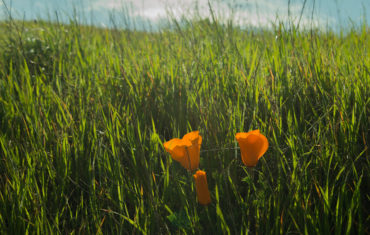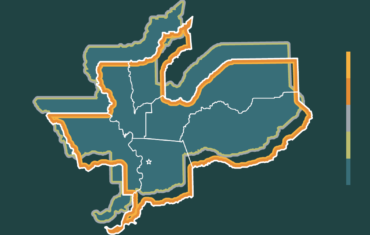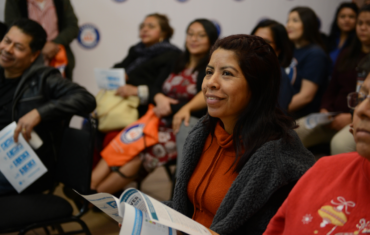A Broader Vision: Road Tripping Across America
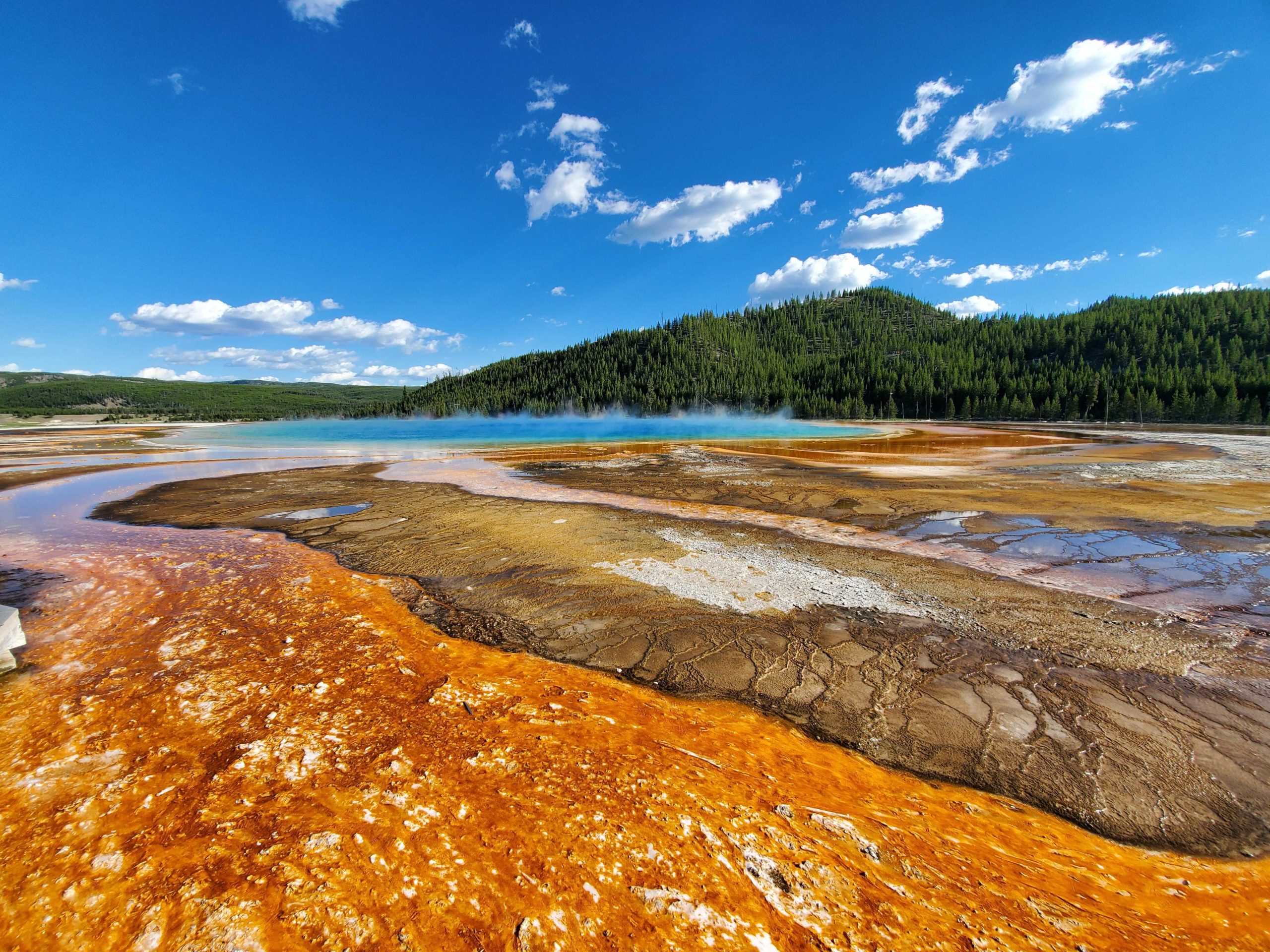
Bigger rivers. The world’s largest Viking statue. The best mac and cheese I’ve ever had. A problematic coolant leak. All of these experiences and more contributed to an amazing 41-day road trip with my partner in June and July of 2021. It also brought a new perspective to my work at Valley Vision as l celebrated my seven-year anniVVersary last week (how time flies!).
Road trips are an American tradition – aligning the freedom of the automobile with the exploration of our country’s vast open spaces, beautiful national parks and forests, and distinct urban centers. For most of us mere mortals, our lives are largely confined to the physical spaces in which we live and work. So, to access a wider vision of our world by seeing the country – and a great deal of its nooks and crannies which you can only access by car – is a deeply rewarding experience. After a year of global trauma and emotional exhaustion resulting from the COVID-19 pandemic, this trip, for me, was sorely needed.
At Valley Vision, we’re focused on improving quality of life in our own Sacramento region, but we have also been at the center of important statewide projects like the Listos California Emergency Preparedness Campaign, and statewide leadership networks like the CA Stewardship Network. To learn from other regions, and to see their approaches to problem-solving firsthand, is a deeply valuable practice as we seek to improve our own region. Many of our local chambers of commerce organize ‘Study Missions’ to visit and learn from places elsewhere in the country just for this reason (one of which I was privileged to participate in back in 2018). So I took that line of thinking on the road with me and applied it as I explored other communities across the nation.
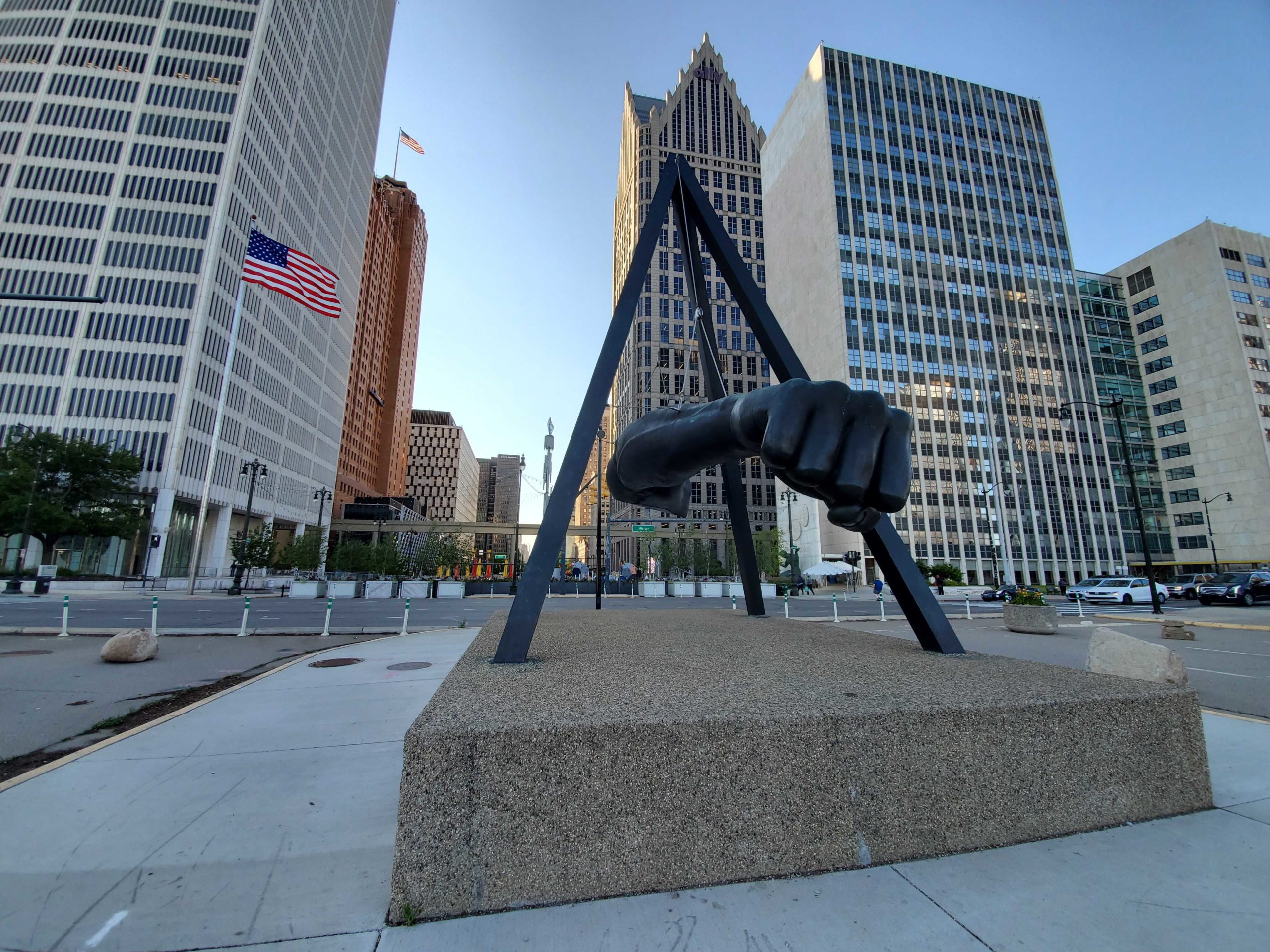
I committed to work remotely while on the road roughly half-time, continuing to move projects forward, participate in calls and meetings, and build the biweekly ‘Vantage Point’ email newsletter that people know and love. Cell coverage was sometimes more spotty than expected, accounting for time changes was a fun brain game, and coffee shops were a godsend (quite literally in one case, when a Christian coffee shop in Billings, MT allowed me to use their state-of-the-art conference room to facilitate the June Cleaner Air Partnership Luncheon on the day I was traveling from North Dakota to Yellowstone).
We spent time in a number of great places during our time on the road, and had very little “rest” time. I made it a point to explore the approaches to urbanism in each of these places, including architecture, use of space, and intangibles like the “energy” of a place. Checking out key landmarks was also a priority, such as ‘Tech Square’ in Atlanta, which Sacramento’s ‘Aggie Square’ is modeled on, or San Antonio’s famous River Walk, a world-class riverfront attraction. These small-scale ‘Study Missions’ exemplified the spirit of Valley Vision – to investigate and learn, but to have fun doing it.
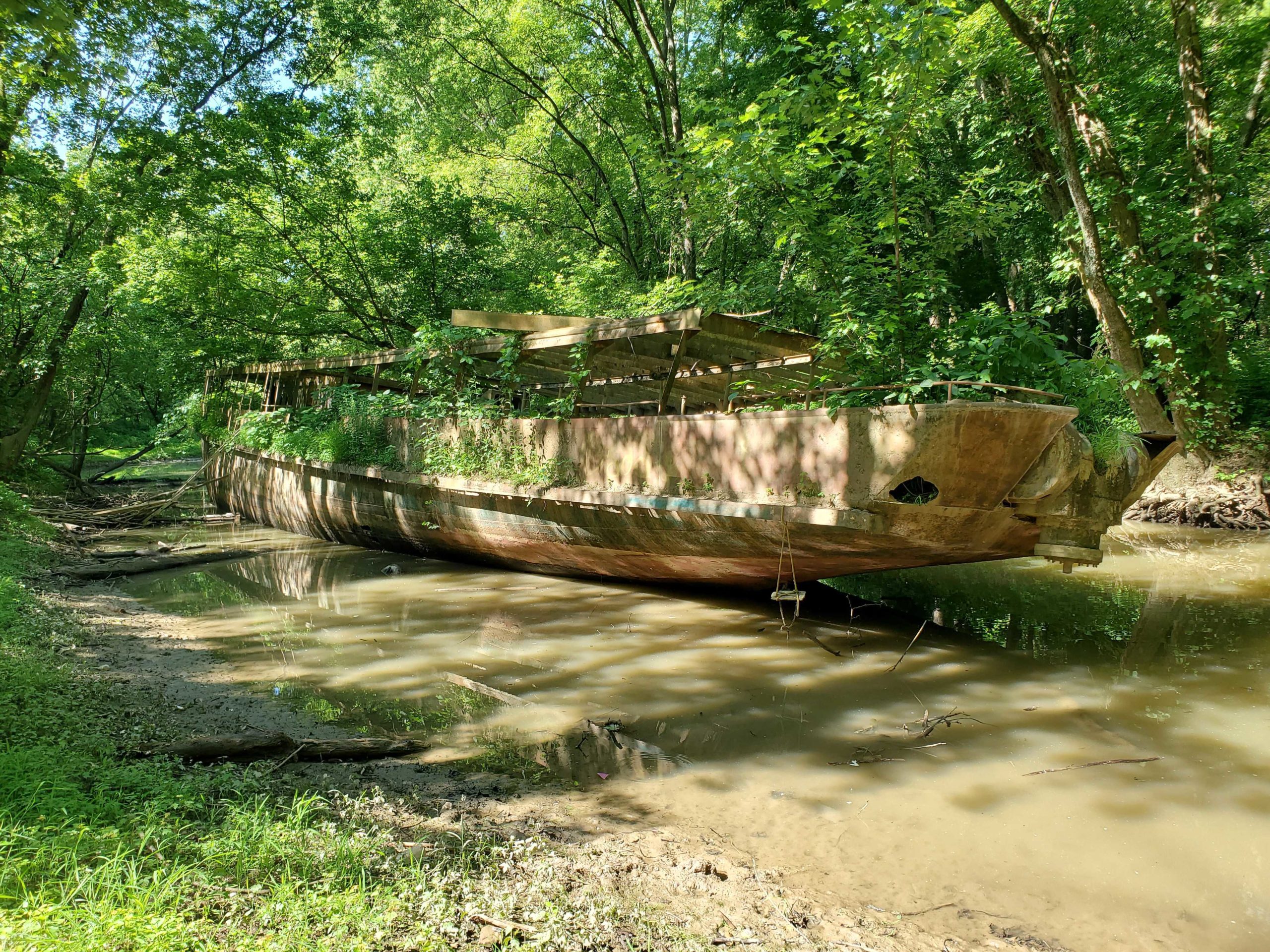
We drove my trusty 2006 Honda Odyssey, which ran great until we hit Yellowstone. A coolant leak had me filling up the radiator with antifreeze and water every couple of hours for several days of touring Yellowstone, to avoid an overheated engine. I am convinced that a marmot or chipmunk chewed the water pump cable – an occurrence some high-elevation backpackers are familiar with. It was very nerve-racking to drive with an eye on the temperature gauge, and we eventually had to get it repaired in Spokane, WA before being on our way. My advice: check your fluids! And AAA, I learned the hard way, doesn’t provide roadside services in National Parks. We spent nights in the following places, either in a hostel, Airbnb, camping, or “boondocking” (sleeping in my van in a national forest or legal parking area), and the order of the list aligns with our route:
- Las Vegas/Red Rock Canyon
- Flagstaff/Grand Canyon
- Santa Fe
- San Antonio
- New Orleans/Atchafalaya National Wildlife Refuge
- Atlanta
- Charleston
- Charlotte
- Asheville/Great Smoky Mountains
- Cincinnati
- Detroit
- Chicago
- Minneapolis
- Theodore Roosevelt National Park (North Dakota)
- Yellowstone National Park/Grand Teton National Park
- Bigfork/Glacier National Park
- Spokane
- Seattle/Olympic National Park
- Portland
- Bend/Crater Lake National Park
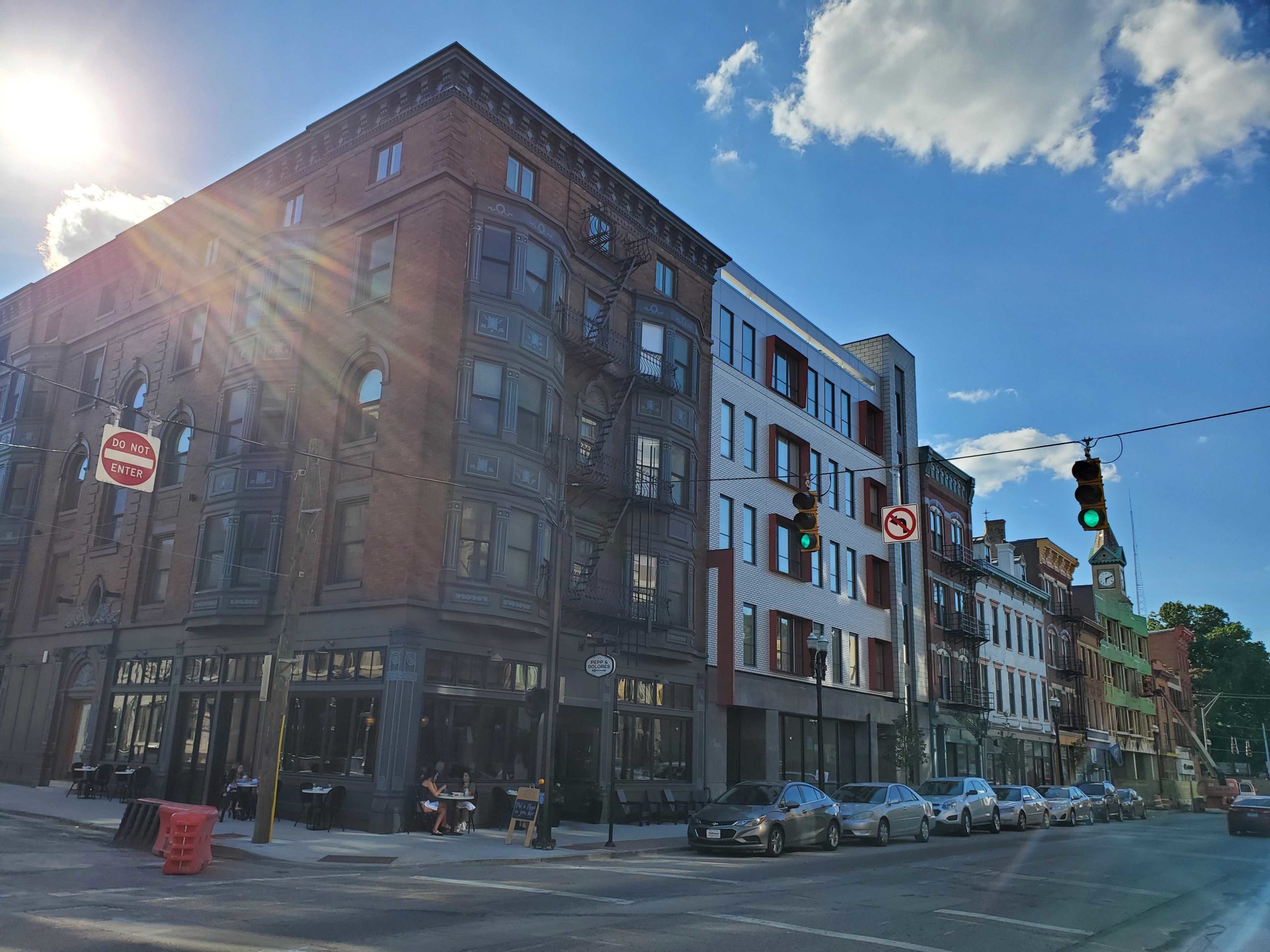
As a white male who has experienced deep privilege over the course of my life, it was important to educate myself on some of the history of the places we were passing through – particularly in the South. On our way from New Orleans to Atlanta, we made several stops at Civil Rights landmarks in places like Meridian, Mississippi and the Birmingham Civil Rights National Monument. The latter is home to an array of powerful statues and plaques commemorating the events of May 3rd, 1963, when top cop “Bull” Connor ordered his men to attack peaceful protesters and children with dogs, water cannons, and more. This was a horrific milestone and a turning point in the 1960s Civil Rights movement when images were published in the New York Times the following day. We also visited the tomb of Dr. Martin Luther King, Jr. and Coretta Scott King, which is located in “Sweet Auburn,” the neighborhood of Dr. King’s youth, and explored the National Center for Civil and Human Rights in downtown Atlanta, which powerfully linked Civil Rights history with the global inequities and injustices of the modern age. It was rather shocking how much of the history I had not been taught in class, and how much the framing of what I was taught differed from many of the personal accounts documented across these places of power.
Native American and Indigenous history was also a throughline of the trip, but it is deeply dismaying to see the lack of government recognition of the extermination and displacement of Native people across the country. It was particularly frustrating to see the vast majority of the items for sale in National Park gift shops being from non-Native sources. As we traveled from Detroit to Chicago, we stopped in Western Michigan to meet up with an old friend of my father who is an Elder in the Potawatomi Tribe of the Great Lakes area. We visited his Tribe’s highly successful casino and learned about how Tribes interact with the Federal government – gaining a deeper understanding of how tribal relationships with the Feds remain fraught, even today. It was a privilege to travel and learn this firsthand.
I haven’t processed the totality of my road trip experience, but it has given me a fresh layer of perspective on the work of Valley Vision and our many partners – including many of you reading this today. Your work and my work to make communities more livable is what it’s all about. We are attempting to solve the messy problems of our age, and doing it with a reverence for the past but also an excitement for what is to come. The desire to achieve this balance, while continuously learning and building trust, provides the energy and motivation to keep doing consistently challenging and sometimes thankless work to better our communities. We’ll continue to find our sweet spot as we collaborate on bold solutions that improve people’s lives – I hope you will too!
To keep up with Valley Vision’s work to advance livability in the Sacramento region, subscribe to our Vantage Point email newsletter!
Adrian Rehn is a Valley Vision Project Leader overseeing the Cleaner Air Partnership, Sacramento Neighborhoods Activating on Air Quality, and Valley Vision’s online communications. He can be reached at adrian.rehn@valleyvision.org.
